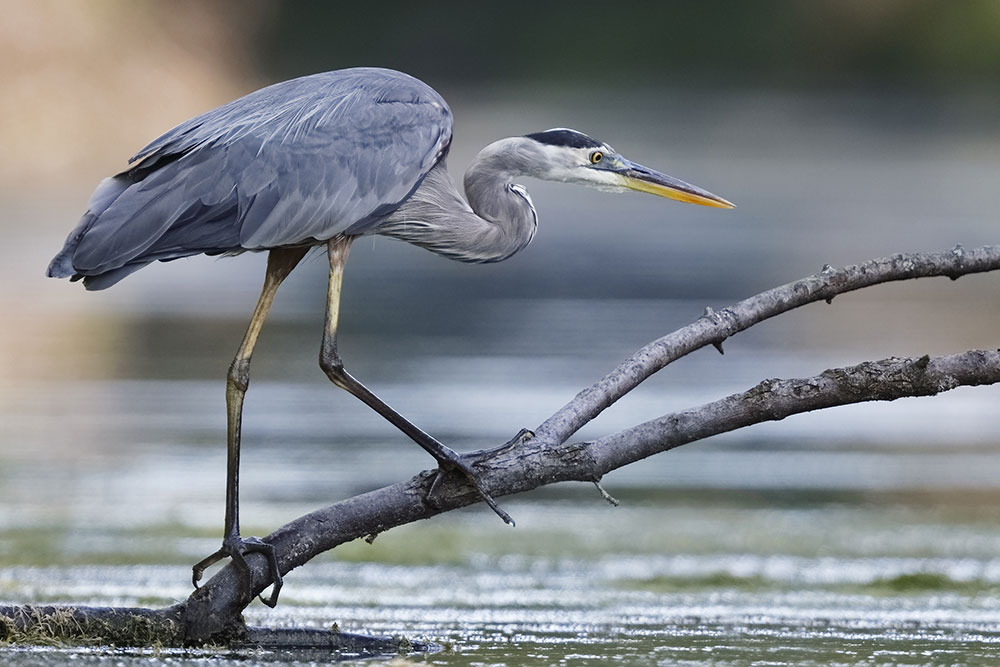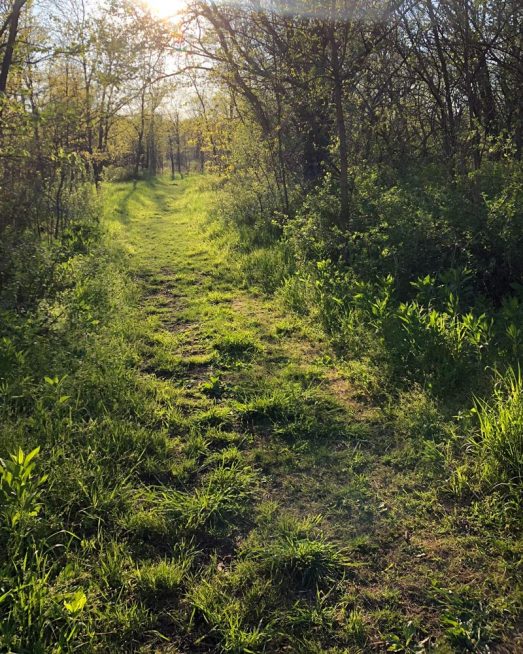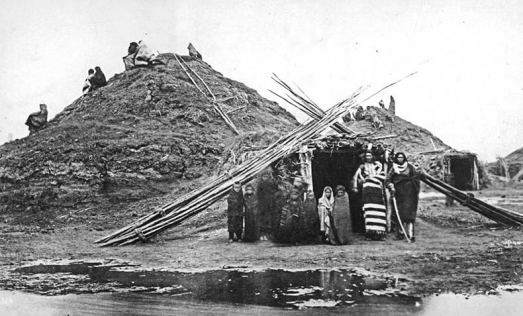Flooding along Salt Creek has, and will continue to be, an issue of concern for the City of Lincoln, especially in light of impacts from our changing climate and development in south Lincoln.
Wilderness Park plays a critical role in slowing flood waters. Two recent articles in the Lincoln Journal Star speak to recent work completed by Olsson engineering about possible flooding solutions. The Salt Creek Resiliency Study (SCRS), which Olsson has helped lead, represents a broad, bold, collaborative effort at mitigating the effects of flooding from climate change. Using data from the National Oceanic and Atmospheric Administration and other available sources, multiple agencies and organizations are coming together to understand how best to prepare the Salt Creek drainage basin over the next 50-80 years. Tasks for the study include: evaluating best management practices for the watershed, reviews of current standards and practices, flood history summaries, recommendations for potential funding sources, potential flood reduction measures, and a public education plan. Friends of Wilderness Park is excited to be a part of the study. Salt Creek, which twists and turns through the park, slows flood waters, while the park’s established flora with deep root systems absorbs considerable quantities of water before it becomes runoff.
Many looming questions remain: Does Salt Creek need upwards of 16 dams and other structures to address future flooding? What are the short- and long-term ecological consequences of dams and reservoirs? What additional best practices for development and stormwater management could help mitigate floodwaters?



